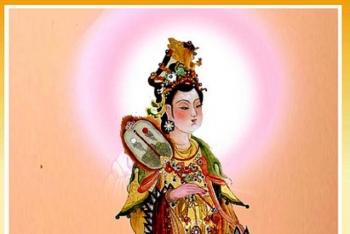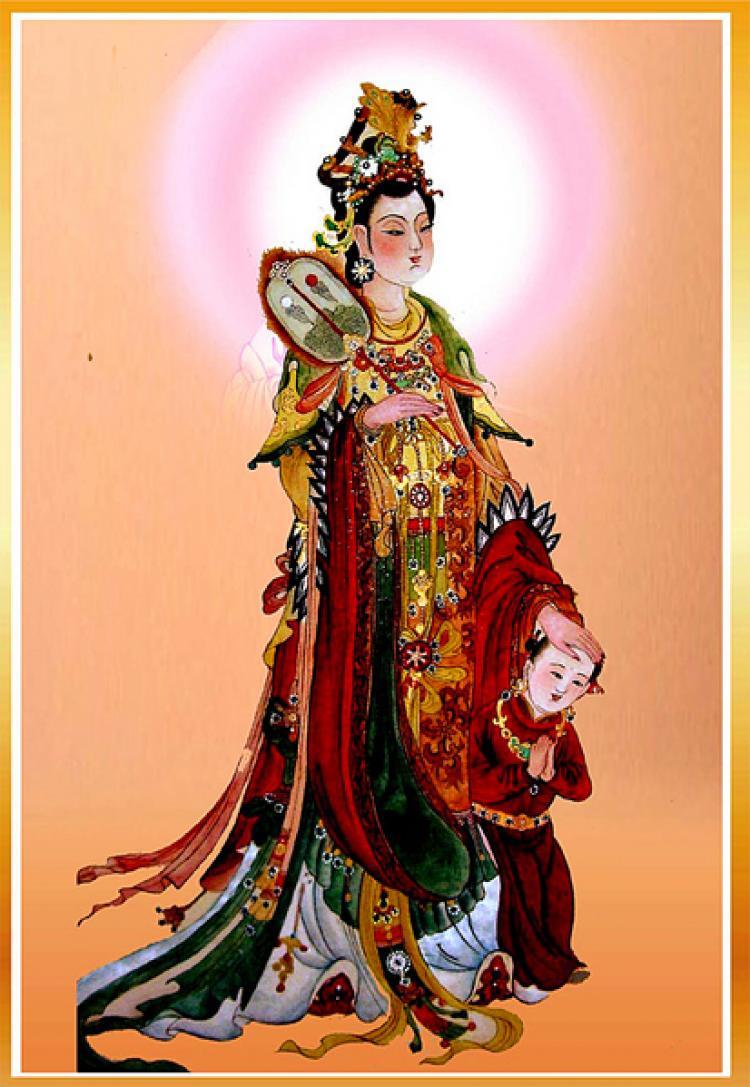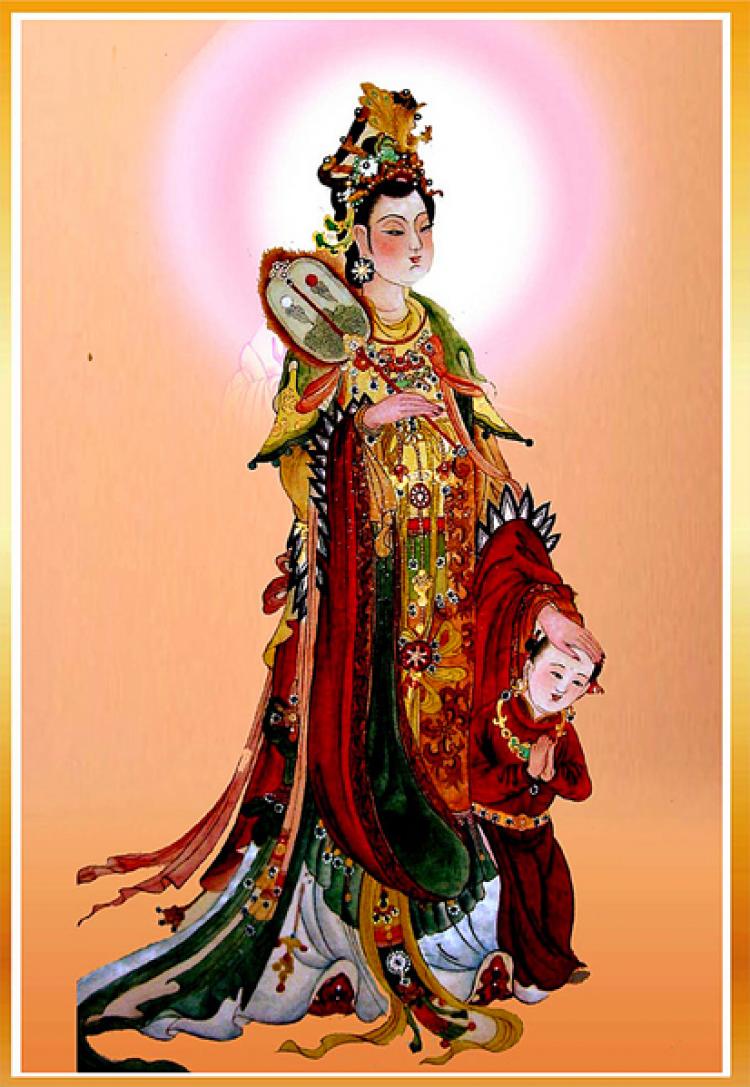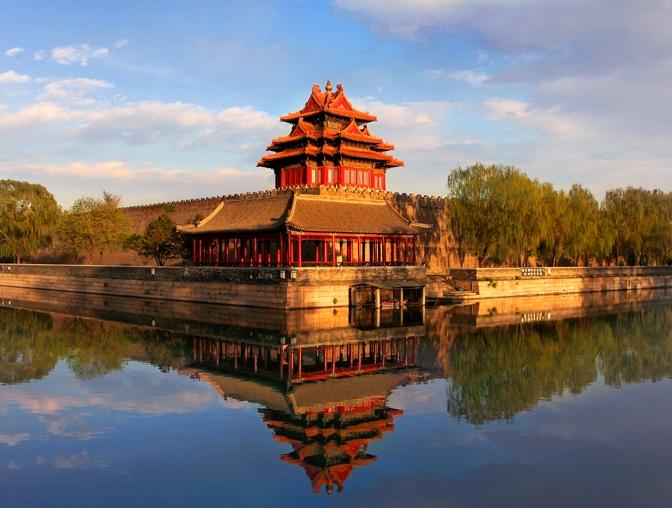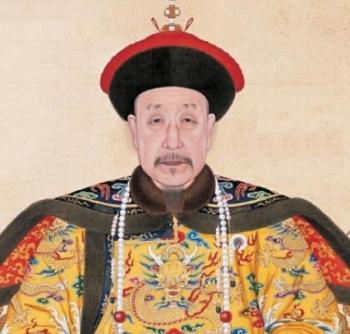As is prevalent in Western religions and worldviews, Chinese culture also believes in the existence of a soul in a living being. According to some, such a belief has also been given tacit scientific validation: in the 1920s, physicists Dr. Zaalberg van Zelst and Dr. Malta of the Netherlands showed that at the moment of clinical death, the body loses 70 grams in weight, which to them represents scientific proof of the soul leaving the body. But the question remains—what happens to the soul once it exits the body?
The answers might be found in several worldviews that advocate the existence of an afterlife. Critics look upon this belief as people’s longing for a life beyond death, and that death does not mean the end of one’s existence. Chinese folk wisdom says: “Even though one does not believe in anything, it is good to know what to expect in case one’s assumptions have been wrong.” Meanwhile, many people who had near death experiences report a journey through heaven, or hell.
Journey to the Sukhavati World - The Paradise of Ultimate Bliss
Master Kuanjing from Fujian had a vision while meditating in a cave in Yunnan province, close to Mile, 1967. He beheld Bodhisattava Avalokitesvara, a deity from the Sukhavati world. She took him along on a seemingly brief journey through that world that seemed to Kuanjing a mere few hours. In actuality, six years had passed when he returned. He documented some of his experiences and published them in 1987 in his book, “A Journey to the Sukhavati World.”
According to his recollections, the deity let him immerse himself in a completely new world, a world devoid of birth, the aging process, illness, greed and desires and death. This existence is reserved for only those who have reached enlightenment.
His first experience meeting enlightened beings was in the form of a meeting with three monks who mere more than ten meters tall (32 feet). One of them admonished Kuanjing to help his fellow man on his return to once again embrace the age-old path of “cultivation.” His fellow man must believe in a higher existence and gradually and eventually assimilate to those higher levels.
Then Kuanjing desired to visit Buddha Amitahba, creator of the “Pure Land,” in the company of the Bodhisattva. On their way they encountered an immense mountain range. But, as it was revealed, this immense mountain range was nothing more than the tips of the toes of the almighty Amitahba. Suddenly, Kuanjing grew tall enough to reach Amitahba’s navel. Now he could admire the almighty Buddha. He rested on a lotus arrangement, made up of blossoms too many to count. A pagoda topped each blossom, emitting millions of colors of light. The Buddha glowed in breathtaking, golden hues. The eyes were like oceans, and according to Kuanjing, were the size of well-known oceans. Overcome with such beauty and perfection, Kuanjing expressed his desire to remain there, but the Buddha reminded him of the task still awaiting Kuanjing—to offer people a way out of their dilemma and rescue them.
Even though this world in inaccessible for the common man, deities in the heavenly realms are said to observe humankind, the Earth, and even the whole cosmos. According to Kuanjing’s book, there is a tower called the “Pillar of the Pure View” which has the ability to see through every place in the cosmos.
Master Kuanjing reported only perfection from that world, and said nothing leading to strife and sorrow in our Earthly life exists in that world. It was a journey to paradise.
A Hellish Journey to the Underworld
Another account, via a 1978 Taiwanese book “A Journey through Hell,” tells stories of the opposite to the heavens. The writer describes impressive scenes:
“It begins with a path that ends immediately at a mountain. Compassionate souls who had done much good deeds in their lives are shown a direct path to heaven, while bad people, blinded by a bright, sinister light, find themselves suddenly sucked into a hole, under the mountain, down to hell. Once there, they are dealt with and receive punishment according to the Last Judgment. Punishment is administered in several torture chambers; assignments are carried out according to which crimes these people committed during their earthly existence. Punishments are meted out for suicide, abortion, prostitution, adultery, and even product piracy.
Adulterers and prostitutes await a horrid punishment in their designated chamber—their souls are compelled to swim in swirling waves of excrement, at the ever risk of drowning. Following this experience, many of the souls simply rot. The punishment for piracy is equally harsh—those business people’s souls are immersed in huge cauldrons of boiling oil. The judges in the underworld know no mercy, according to the book. Any criminals must endure a terrible fate.
Heaven and hell could not be more contrary. To believe or not to believe in an afterlife is everyone’s business and up to each individual to decide. But those who do not commit crimes have a safety net.
